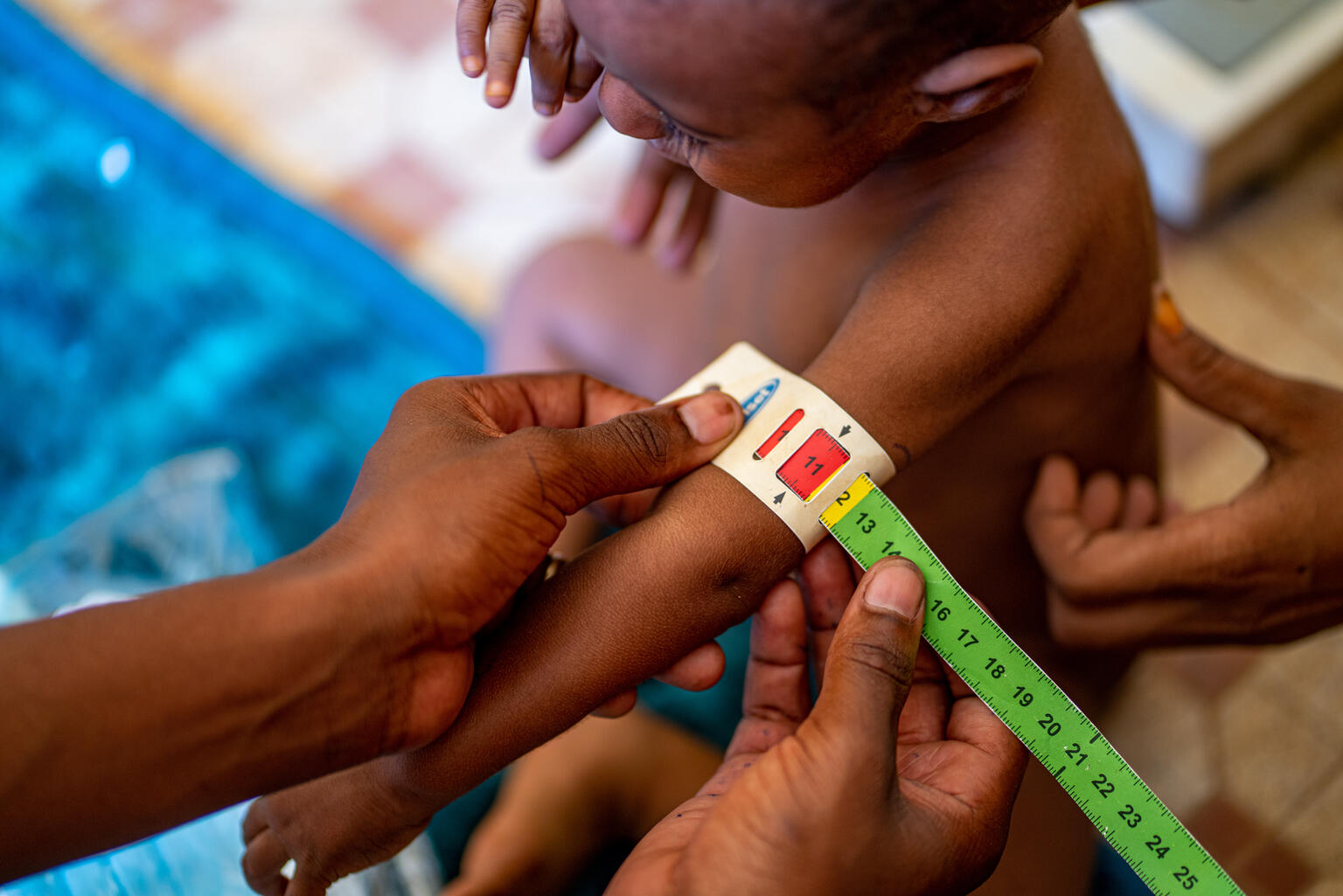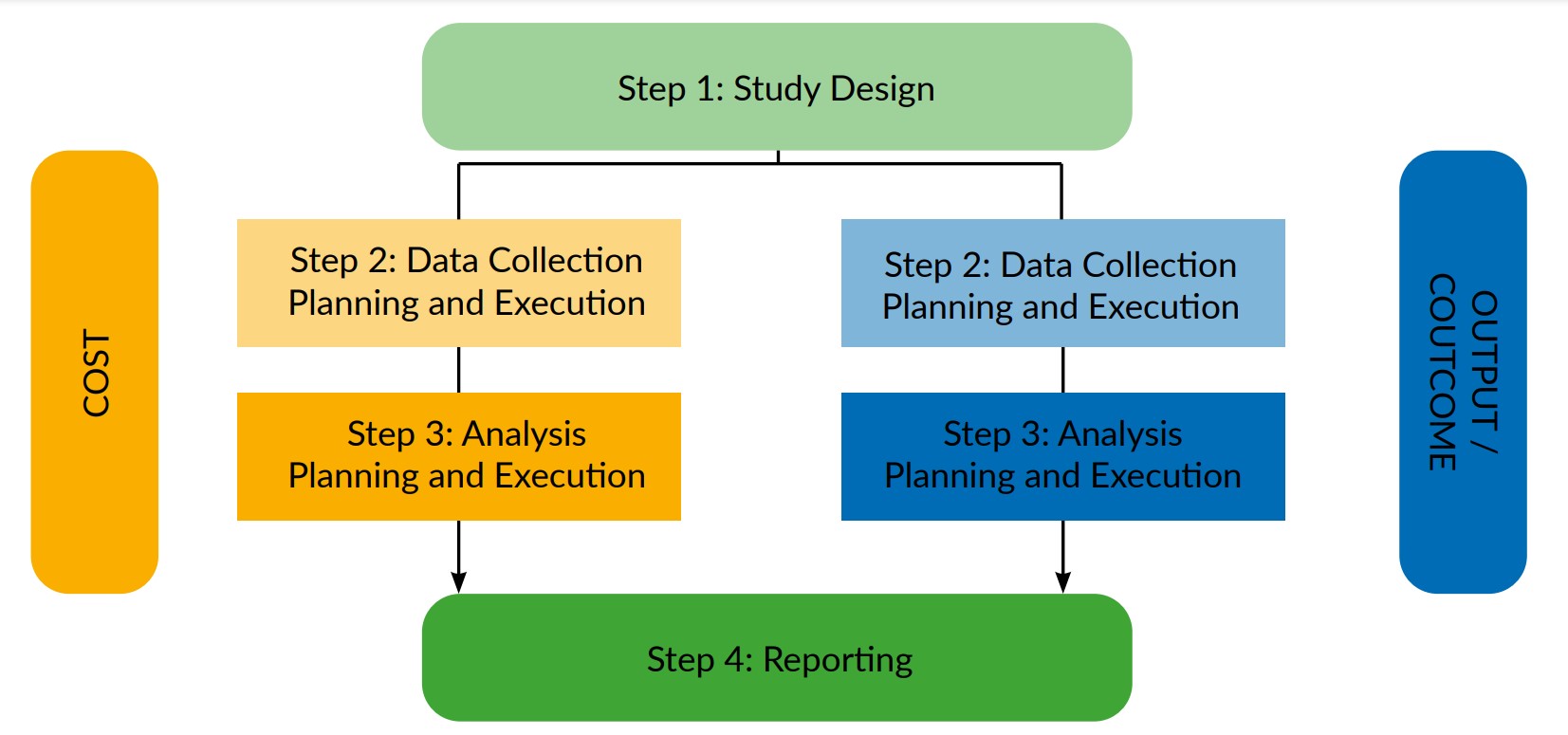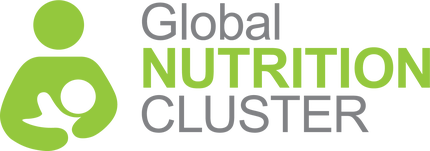Request support on coordination, information management, integration for nutrition outcomes or technical nutrition in emergencies assistance.
التماس الدعم لتنسيق التغذية وإدارة المعلومات والتغذية في حالات الطوارئ
Demander un appui pour la coordination de la nutrition, la gestion de l'information et la nutrition dans les situations d'urgence
Buscar apoyo para la coordinación de la nutrición, la gestión de la información y la nutrición en situaciones de emergencia
Solicite apoio para coordenação em nutrição, gestão de informação e nutrição em emergências
In 2015, world leaders committed to ending malnutrition in all its forms by 2030 through the United Nations’ Sustainable Development Goals (SDGs). Goal 2 seeks Zero Hunger, and it comes with a specific target of reducing the proportion of children suffering from wasting to <5 per cent by 2025, and <3 per cent by 2030. Sadly, we are far away from hitting the target.
The 2023 Joint Child Malnutrition Estimates (JME) report calculates that, in 2022, wasting threatened the lives of around 6.8 per cent (45 million) of children under 5 globally. The JME also states that 2.1 per cent of them (13.6 million) were suffering from severe wasting, of which three quarters live in Asia and 22 per cent in Africa.
In January 2023, with the intention of accelerating progress in the prevention and management of child wasting, United Nations Agencies developed the Global Action Plan (GAP) on Child Wasting. This GAP framework sets ambitious goals for the treatment and prevention of child wasting, and emphasises the need to employ cost-effective solutions.
However, recent reviews of the cost analysis and economic evaluations of nutrition programmes have concluded that reliable evidence on the cost of acute malnutrition treatment is limited. Therefore, it is extremely difficult to make general statements over the cost and implications of changes in care protocols, and to determine what actions should take priority. Furthermore, these challenges are perpetuated by the harmful – yet commonly-used – non-standardised methods, variable analytical choices, and opaque reporting.

To help overcome these issues and achieve meaningful meta-analysis and comparability across studies, the GNC Technical Alliance commissioned a mapping exercise of the guidelines and tools available to help nutrition policy-makers, practitioners, cost analysts and economic evaluators, when both designing and executing cost analysis.
The result is this up-to-date collection of the most relevant resources for cost analysis and economic evaluations of nutrition programming. It is intended to help and guide all users throughout the stages of the study process, and it is expected to help improve the analytical and methodological rigour of future studies.
This resource collates must-read guidelines, essential toolkits and guidance, and key webinars and websites; and is useful for generalists and specialists alike, with separate sections dedicated to each audience. Also, the materials are organised based on the main steps in the cost and economic evaluation process: study design; data collection, planning and execution; data analysis, planning and execution; and reporting.

